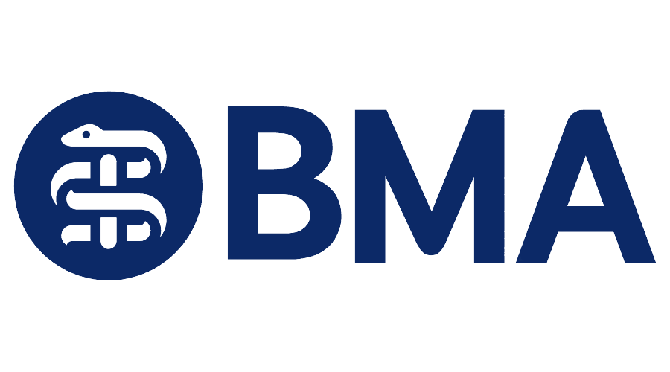

NO! Urinary incontinence may occur postpartum, post surgical, and as we age. However, it is treatable and not a symptom that you have to live with. We can help you take back control of your life!
Physical therapists are experts of the human body as it relates to movement and the ability to perform daily activities. Many conditions that affect women, such as urinary incontinence are caused by muscle weakness in the pelvic floor region or dysfunction through the pelvis. Physical therapists evaluate each individual and develop a personalized treatment plan to restore function, decrease pain and prevent disability.
We will make sure that each patient has a good understanding of their diagnoses, what to expect during the treatment sessions, and what tools and training they will need to successfully manage the problem.
The pelvic floor consists of muscles, ligaments, and fascia and functions as a unit to:











